Review: Kyocera DuraXT for Sprint
Jul 27, 2012, 7:53 AM by Eric M. Zeman
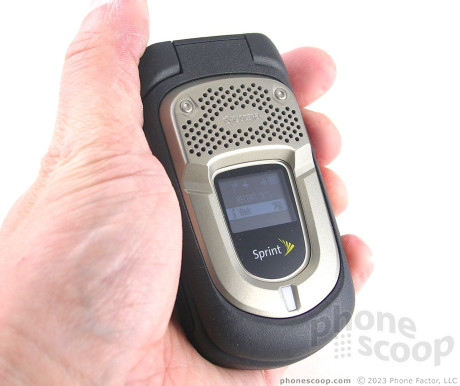
Kyocera kicked out another rugged flip phone for Sprint and called it the DuraXT. This DirectConnect-capable walkie-talkie device takes a beating and keeps competing. Find out what we liked and what we didn't in Phone Scoop's full report.
Form
Is It Your Type?
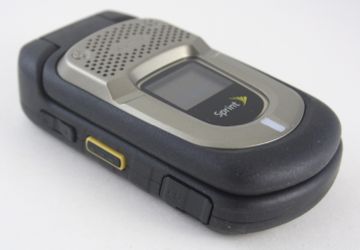
The Kyocera DuraXT, a follow-up to last year's DuraMAX, is a rugged clamshell that offers Sprint's CDMA-based Direct Connect push-to-talk service. As with other PTT phones, the DuraXT is not out to define new standards in style or design. Instead, the DuraXT is about surviving the dangers of worksites and other harsh environments all while providing the best in basic communications. If you think you're tough, the DuraXT is probably tougher.
Body
The DuraXT is nearly identical to the DuraMAX. The only outward difference in appearance is the design of the speaker grill on the front of the phone. Otherwise, it would be difficult to tell them apart. The chock-a-block shape and dark gray plastics look almost futuristic.
The DuraXT has plenty of right angles forming its edges and sides, which amplify the brick effect. It's a thick phone, not too heavy, but tough to wrap your hand all the way around. It's just a hair under one inch thick. It will not be comfortable to carry around in the pocket of a pair of tight jeans. The DuraXT is meant to be carried in either a phone pouch (such as on a messenger back) or a holster.
The hinge of the DuraXT is rock solid. It has no side-to-side movement when closed or open, and feels as though it could survive the worst type of abuse. It's very strong, but still flips open easily with spring assistance.
The microUSB port is situated on the left edge of the DuraXT, and is covered by a sturdy rubber hatch. The hatch seals snugly so the DuraXT can be splashed with liquids or submerged a while without danger. The volume toggle is above the hatch, and it protrudes nicely from the side of the phone. The button works well, though it might be difficult to use when wearing gloves because it is a short button. The dedicated PTT button has the same nice feel, and is easier to find with gloves on. Travel and feedback is much improved over the DuraMAX .
The 2.5mm headset jack is on the right side of the DuraXT, near the top corner. It, too, is protected by a sturdy hatch, which seals tight when pushed back into place. The speakerphone button and mute button are both on top. These rectangular buttons are small, but still easy to find and use.
The buttons making up the DuraXT's keypad are fairly large and well spaced. The keys have a soft-touch feel to them, but I didn't like the travel and feedback much. They're a bit mushy. The navigation cluster centers around a large d-pad, with a golf-ball-dimpled center button. The d-pad feels great to use when navigating menus and options across the screen. The soft keys and send/end keys are a good size and shape, as are the dedicated Back and Camera keys.
In order to achieve its mil-spec rating, the DuraXT's battery cover needs to be watertight. There's a large switch positioned close to the bottom of the battery cover. Slide it over to unlock the cover. Only then will you be able to pry it off. Unfortunately, you'll also have to remove the battery itself if you want to get at the microSD card slot, which is hidden beneath.
The DuraXT doesn't break any new ground in terms of design or ruggedization. Instead, it treads the same well-worn path in sturdy boots that will get you where you need to go reliably day in and day out.
The Three S's
Screen
The DuraXT's diminutive 2-inch display left me wanting more. It packs in 240 x 320 pixels, which means that text, graphics and icons look good and sharp, for such a small screen. Brightness is also very good. The one problem is that the text and menus on the DuraXT are fairly small. This can be ameliorated somewhat by increasing the font size. The indicators at the top of the screen are small and hard to decipher without squinting a bit. The screen is readable outdoors, though. The external display is a monochrome affair that offers only alerts, the time, and basic indicators. It, too, is fairly bright, but it's not quite as easy to read outdoors.
Signal
The DuraXT does not use Sprint's legacy iDEN network. It uses Sprint's CDMA network for voice calls, mobile data, and PTT calls. The DuraXT performed slightly better than average on Sprint's network in the metro NYC region. It was quicker to connect to the network and typically showed one bar more than other Sprint devices. Voice calls and PTT calls were connected without delay. During my time testing the phone, the DuraXT didn't miss any calls, nor did it drop any. The DuraXT also maintained a strong connection to Sprint's data network, and speed were good for a device of this class.
Sound
With the volume set to about half way, normal voice calls sounded excellent on the DuraXT. Voices coming through the earpiece were warm and pleasant. Ramping the volume up all the way makes the DuraXT much easier to hear in loud environments, at the cost of clarity. The earpiece speaker breaks up and distorts a bit when cranked to the max setting. The speakerphone is impossibly loud, probably thanks to the new external speaker design. Voices coming through the speakerphone were prone to crackling a bit when the volume was maxed out, but were nice and clear when the volume was lowered. Clarity of the speakerphone was fantastic, though those with whom I spoke sometimes had a hard time understanding me through the speakerphone.
For PTT calls, the quality is slightly less than that of normal voice calls, but it's still quite good. The volume through the earpiece and speakerphone are the same, and showed the same tendency to distort when set to the highest volume level. Ringers and alert tones are exceptionally loud. The vibrate alert is excellent.
Battery
I was impressed with the DuraXT's battery life. Sprint sent me two units, and both lasted three full days on a single charge. No matter how much I used them for voice and PTT calls, or just scouring through the user interface, the battery never seemed fazed. About the only task that put a dent in battery performance was using the navigation service. That seemed to take a toll on it. If you don't use navigation much, though, you can easily get away with charging every other night.
Basics
Menus
Sprint hasn't invested in its Java-based feature phone platform in years, and it shows. As someone who's used touch screen devices for more than five years, remembering how painful it is to scroll through menu after menu after menu with a d-pad is an unwelcome experience. What probably bugs me the most is the yellow-on-black appearance of the main menu (a color combination I detest) and the inability to change it. There are no themes, no profiles, and no options to change the background and menu colors.
On the flip side, for the fine field folk who've remained Nextel subscribers for years, it'll be old hat.
The home screen provides access to the messaging and contacts apps via the soft keys. If you want to get at the main menu, press the center of the d-pad. The main menu is a 12-icon grid that can also be viewed in list form. Rather than make you jump through hoops to change the way the main menu looks, the right soft key does the trick. For my money, the grid view is easier to use on a day-to-day basis.
The 12 icons don't offer any surprises and are composed of the requisite mixture of phone tools and Sprint service offerings. Similar to other Sprint phones, it uses the My Stuff folder to centralize all your media and apps and games. The "Shopping" icon doesn't take you to an on-board app store. Instead, it fires up the browser and loads Sprint's painfully bad content portal.
Once you move deeper into the menu system, the default view of the menus switches to an endless array of lists.
Calls/Contacts
PTT
Sprint's newest EVDO-based PTT service has been up and running for nine months now and feels just as robust as the old iDEN service did. Once you've configured the handset for PTT services and added some DirectConnect contacts, reaching out to them is a breeze. The user interface for initiating calls and setting up chats is nearly identical to the previous tools. Anyone used to a Sprint walkie-talkie phone will feel right at home with the controls offered by the DuraXT.
Calls
The DuraXT doesn't offer any surprises in the phone call department. Press the green send key to get at a list of all your calls. The in-call options range from the typical phone book access to 3-way calls. You can also set up to 98 speed dials if you wish.
Contacts
The contacts applications is simple and straight-forward. From the contact list, the left soft key automatically initiates a text message. The phone holds up to 600 contacts, and each can carry several phone numbers, email addresses, and other data.
Messaging
If you want to send messages from the DuraXT, you're going to have to work for it. The text messaging app is basic at best. There are 20 pre-loaded messages, as well as an easy way to insert web shortcuts, which are standard Internet letter groupings, such as "http://", "www", or ".com". You can also control the behavior of the predictive text software and add custom words to the phone's dictionary. What I don't like is that you can't insert media into a text message. If you want to compose a picture message, you have to choose that option first. At least messages are threaded.
There are no email nor IM clients pre-loaded on the DuraXT. Instead, you have to download them from Sprint's content store. The apps themselves are (thankfully) free, and if you have a data plan, it doesn't cost anything additional each month to use them.
The email app is pre-loaded with a number of webmail clients: AOL Mail, AIM Mail, Hotmail, Yahoo, Gmail, Work, PCS Mail, and the ability to configure your own IMAP or POP3 accounts. Setup is a snap.
On the IM side of the table, you have AIM, Windows Live and Yahoo clients bundled into the one app that's available in the Sprint content store. The IM client is identical to that of other Sprint feature phones. Seeing your online buddies and sending them messages is no more difficult than on any other feature phone, but the experience is far from rewarding.
Social networking of any sort is limited to the mobile web sites.
Extras
Media
There is no music player on the DuraXT. If you're looking to rock out while using the DuraXT, move along. It ain't happening.
The same goes for video. You may watch the videos captured with the DuraXT's camcorder on the device, but that's it. No Sprint TV, no MobiTV; no video player of any kind.
Camera
Camera
The DuraXT has a 3.2 megapixel camera. It doesn't have auto-focus, but it does have a flash. Press the dedicated camera key once to open a short list of camera-related options, or press it twice quickly to open the camera itself. The camera launches slowly (3 or more seconds), and it takes a second or so to shoot an image, and another second to process an image. It's certainly not the fastest camera phone I've used.
You can adjust all of the exposure controls you'd expect with a phone, such as brightness, contrast, color, and so on. I'd guess most users won't bother with these controls, however, especially since they are buried a few layers deep in the camera's user interface. There are some fun frames, some image tools, such as making photos black and white, or sepia tone. The camera software is pretty basic.
The camcorder software behaves in exactly the same way.
Gallery
The gallery app is pretty good, all things considered. The phone separates galleries between what's on the phone itself and what's on the microSD card. The gallery shows a simple grid of thumbnails. The d-pad lets you add a "check" to whatever image is highlighted. This lets you perform edits and/or other actions en masse if you wish. You have to press the left soft key to open a picture.
The editing features include the ability to add text captions, which I think is cool, as well as add special effects, resize, or crop the photo.
But there are no social networking services built into the DuraXT at all, and you can't even send images via Picture Mail from the Gallery app. You have to go to the messaging app for that.
Photo/Video
Photos
I wasn't expecting to get good results from the DuraXT, but I did. It has a solid little camera that, despite its user interface shortcomings, takes decent photos. As is often the case, lighting plays a major role in your success rate. Outdoor shots looked great. I saw plenty of good color and exposure, though focus was often a bit soft. I found the DuraXT was quick to fire off its flash when indoors. Worse, since I'm not used to holding a flip phone to take pictures, I often obscured the flash with my finger, which led to some pretty bad results. However, I take credit for the operator error in those instances. If you manage to let the flash go off unimpeded, it does a decent job of lighting up people's faces in dark rooms.
Video
The DuraXT's camcorder records video at a maximum of 176 x 144 pixels, which is about as low-resolution as it gets. As we've seen on other Kyocera devices using Sprint's Java platform, the window through which you shoot video is so amazingly small, it's nearly impossible to tell what you're shooting. That said, the quality wasn't as bad as on other devices. It wasn't good, not by any stretch, but it wasn't horrible, either.

MPEG-4 format (viewable with QuickTime)
Browse/Customize
Browser
The DuraXT has EV-DO Rev. A paired with a WAP browser. It's not the best combination for browsing the web, but I blame the browser and Sprint's horrid software more than I do the radio performance of the DuraXT itself. The browser is flat-out awful. The default home page is Sprint's portal, which is a disaster of links to content that costs you money. It's slower than a snail crossing a river of molasses. It's so bad, I'd say skip using the browser entirely. Use another piece of hardware, such as a smartphone, if the mobile web is important to you.
Customize
The DuraXT only allows you to customize some of the really basic things, such as ringtones, ringer IDs, screen savers, etc. As noted, you can alter the main menu between grid and list views, but you can't customize to the way apps and folders are organized.
You can also change the input font between normal and large. The size increase is just enough to make a difference, but it doesn't go far enough for those who need very large fonts.
Extras
Apps
The DuraXT can download the simplest applications via Sprint's online portal. The apps available include things such as games, organizers, and ringtones. It's hard to find what you're looking for, and every step requires a page refresh — which takes anywhere from 5 to 10 seconds. It's more infuriating than anything else.
Bluetooth
The DuraXT supports mono Bluetooth headsets and a few other profiles. Pairing was no problem, and call quality via mono headsets was very good. Pairing with other phones to push contact data or photos was also a snap. I had no issues with the Bluetooth functions at all, and phone calls in my car sounded great.
Clock
The clock on the external display is great for checking the time. It fills almost the entire display with a large digital clock that's viewable even out in the sun. This clock can't be changed. The clock that appears on the home screen can be customized in a number of different ways, including large/small digital, large/small analog, world clock, and several different calendar views.
GPS
The DuraXT has GPS on board and Sprint's free navigation software. The service works OK for point-to-point navigation, but I found it to be a bit on the slow side. It gets you around town, no doubt, but doesn't compare to the tools offered by today's budget smartphones.
Wrap-Up
The Kyocera DuraXT services its intended purpose: to provide reliable voice communications in a rugged form factor. It's brutish in design and highly functional in form. Any other phone would have cried from the abuse I rained upon the DuraXT. It's a tough little mother.
The DuraXT excels at voice calls and PTT calls. Call clarity is good, speaker volumes are painfully loud, and the device performs well on Sprint's network. Throw in outstanding battery life, and you have a winning combination.
There's no doubt the DuraXT is short on extras. Yeah, it has a camera that takes decent photos, but the video is sub-par, music nonexistent, and web surfing so abysmal as to be worthless.
But most people who are looking at the DuraXT don't need those frilly extras. They need a phone that works as hard as they do. The DuraXT is that phone.

Comments
Finally a match for the old Moto iDEN phones?
I still dislike the fact that the Kyocera phones when set to One-T...
(continues)


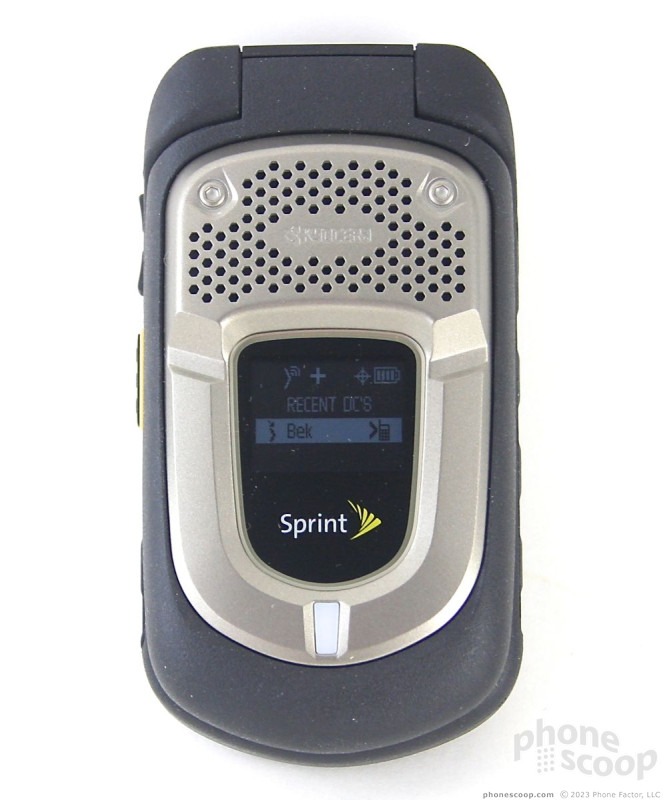














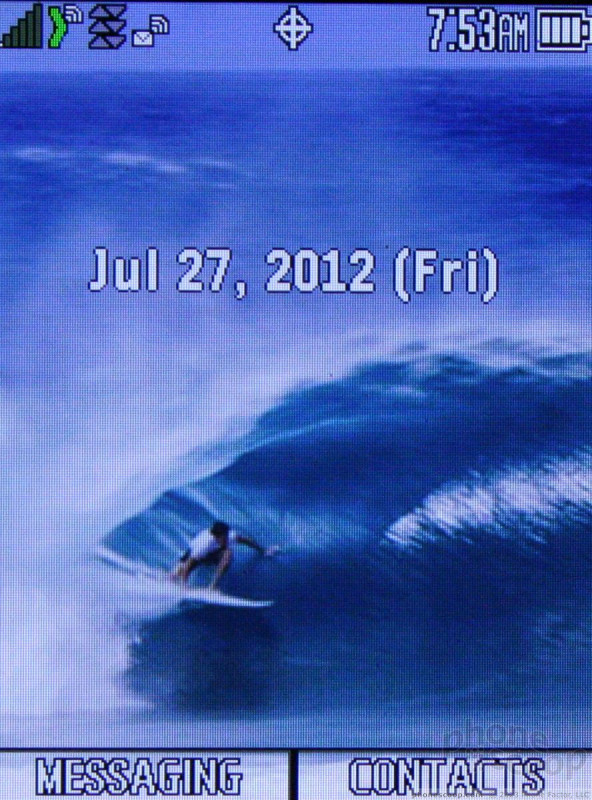



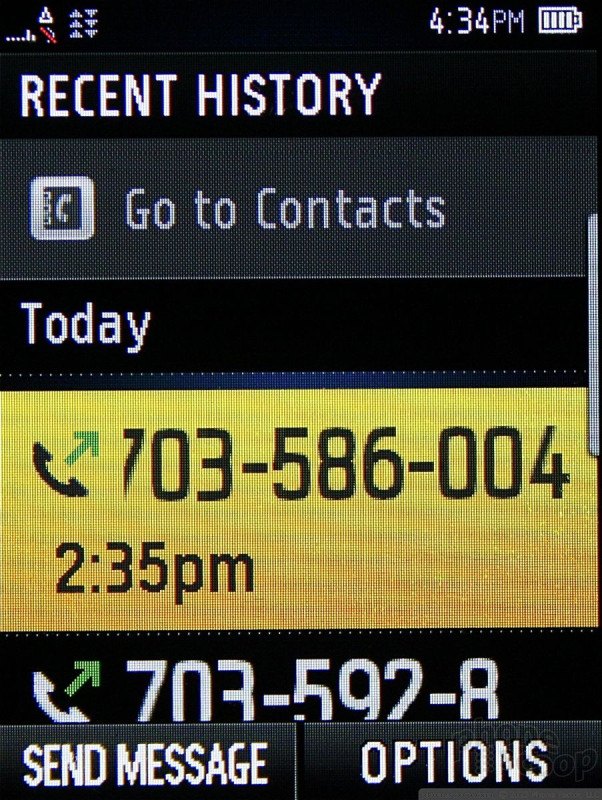




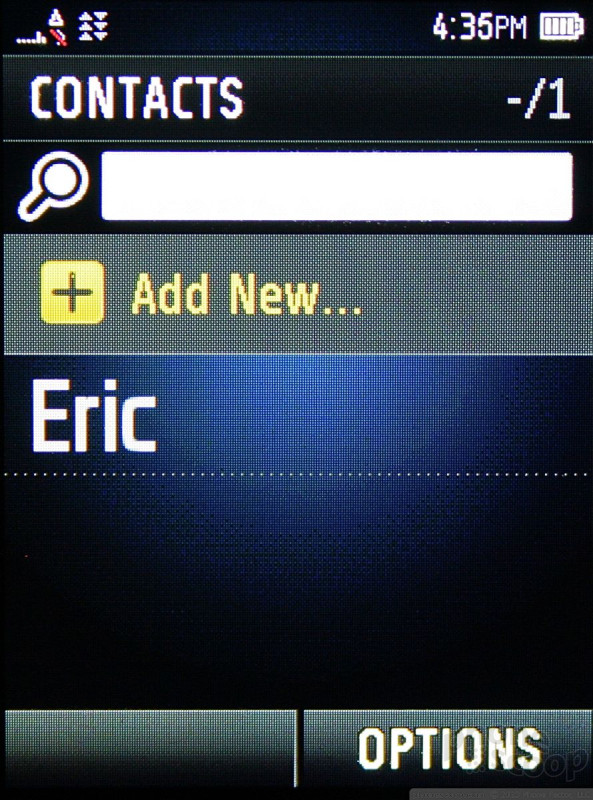



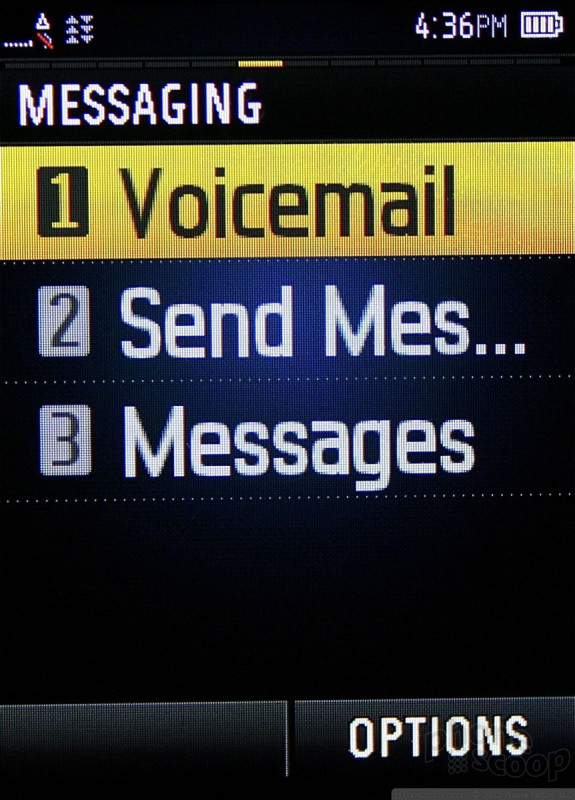




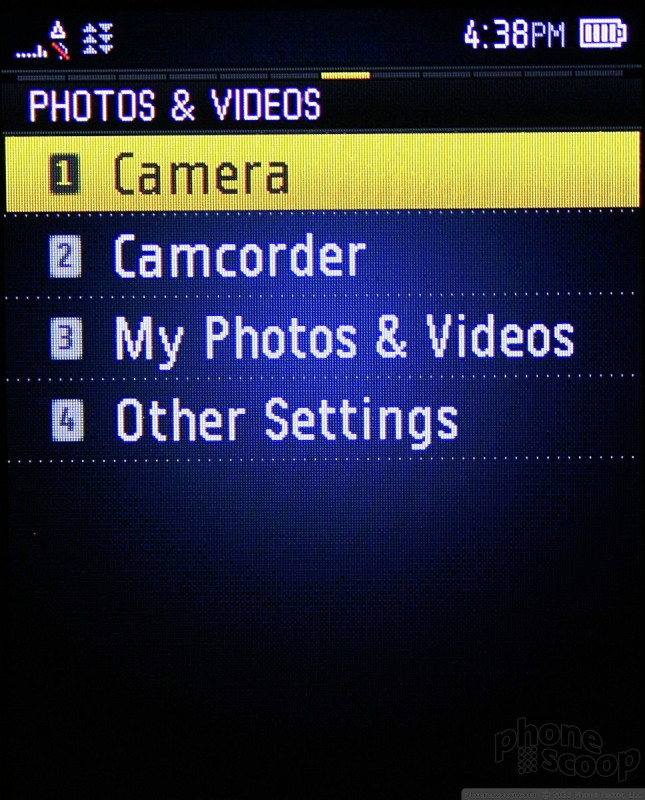




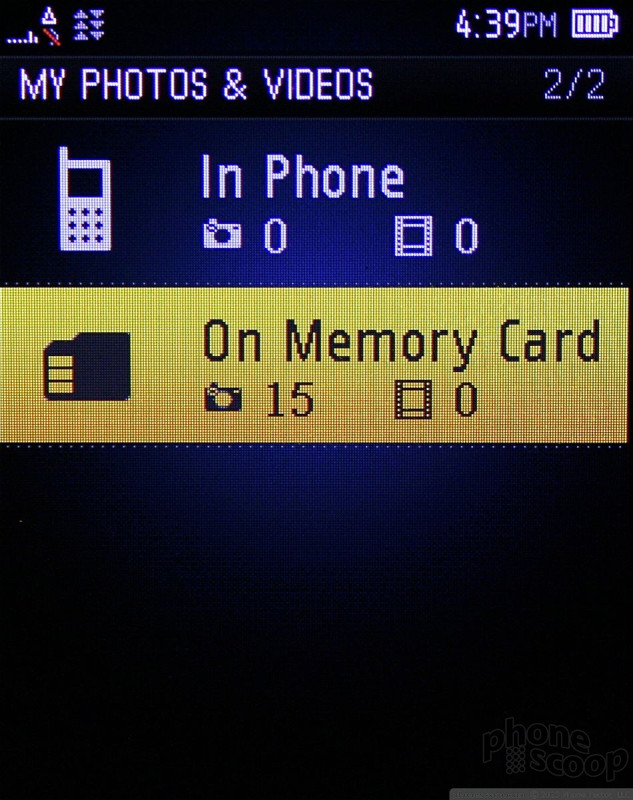






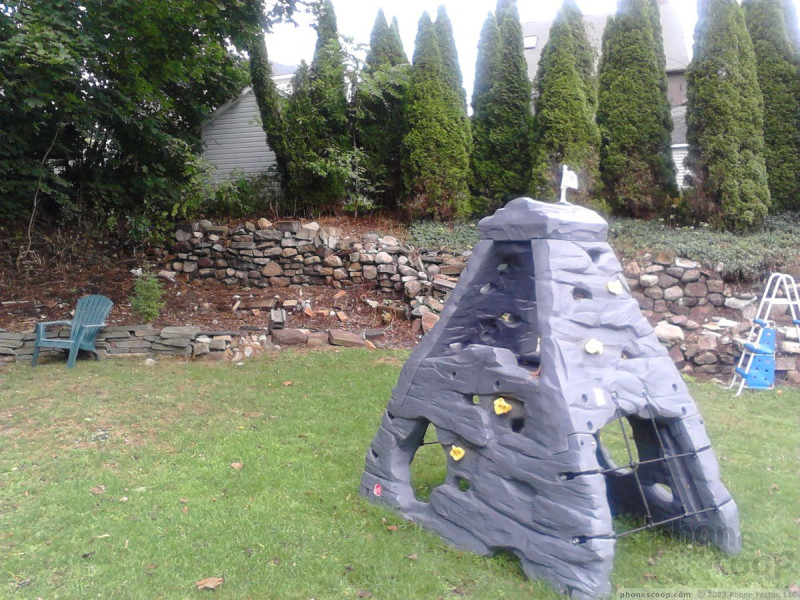














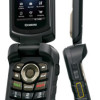 Kyocera DuraXT Arrives at Sprint as Rugged Direct Connect Clamshell
Kyocera DuraXT Arrives at Sprint as Rugged Direct Connect Clamshell
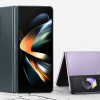 Samsung Refines its Foldable Phones
Samsung Refines its Foldable Phones
 iPhone 14 Plus Offers a Big Screen For Less
iPhone 14 Plus Offers a Big Screen For Less
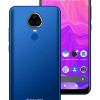 Newcomer Schok Makes Splash with Feature-Rich Phone for $169
Newcomer Schok Makes Splash with Feature-Rich Phone for $169
 Kyocera DuraXT / DuraPro
Kyocera DuraXT / DuraPro



